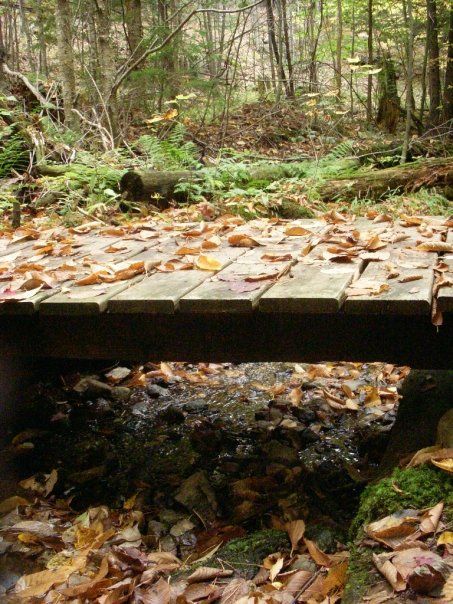More Peaceful or Less Stressed? You choose.
Our holiday intentions of peace, light and goodwill to all can quickly be upturned by the hustle and bustle of family visits, event planning, shopping, and all the other activities that seem to burn up the last 2 months of the year. Yet, from a spiritual perspective, this could be a time to turn inward, giving ourselves time to review the year and take note of the lessons we have learned. Even the notion of having time to do this type of introspection might cause a moment of panic: “There’s no time for all that!! I’ll do it next year when things settle down and I’m less stressed.” How much of our time is spent thinking about that magical time when we’ll be “less stressed?” Maybe it is just an issue of how we structure our perspective – we tend to focus on becoming less stressed, when what we really want is to be more peaceful.
I wrote a blog entry last winter about Becoming Peace in which I mentioned that when we say “I want to be less stressed” we actually focus on the stress and indeed perpetuate the notion of our stressfulness. On the contrary when we say “I want to be more peaceful” the mind hears “peaceful” and there is a subtle quieting that takes place within the body without any additional effort. In this way, through simple focus of attention, we begin to change our perspective and our actions often follow. We focus our intention on creating a space of peace and the time opens up for meditation or relaxation.
The yogis say that peace is actually our essence. Unconscious fluctuations of mind are what keep us from experiencing ourselves as Peace. This is all well and good in theory, but finding that peaceful essence is what seems to elude most of us. A speaker I heard recently mentioned that we put more effort into doing than we do into being still, and so that which you practice the most becomes what you are good at. You might say: “I can’t be still – it’s too hard. My mind races because I have so much to do and my body becomes restless.” My new favorite teacher Mooji encourages us to watch all these fluctuations as temporary. As you watch all those crazy thoughts and to-do lists and judgments and fears go by ask yourself the question “Who is watching all of this?.” We identify with our thoughts but our thoughts are not who we are. The thoughts arise in the mind, change, or fade away. The mind creates problems by taking advantage of our unconscious vulnerabilities. Brought into the light of consciousness, we find that many of our fears and compulsions are based on shaky logic. We find that we are running away from the very peace that we seek through our actions and choices. Though our thoughts often seem very real, they are temporary fluctuations of the mind – smoke and mirrors.
The awareness, the essence that we are is inherently peaceful and unchanging. Underneath the smoke and mirrors of our habitual thoughts and emotionality lies a still and steady awareness that is not vulnerable to harm. We have glimpses of this peace at times – for me it is usually on a warm beach with my eyes closed hearing the sound of the waves as they ebb and flow… or in meditation. If we can allow ourselves to focus on this peace, we can allow it to expand in our lives. But if we only focus on all we have to do and the far-off future when we will someday be less stressed, then we’re likely to get more of what we’re training for.
